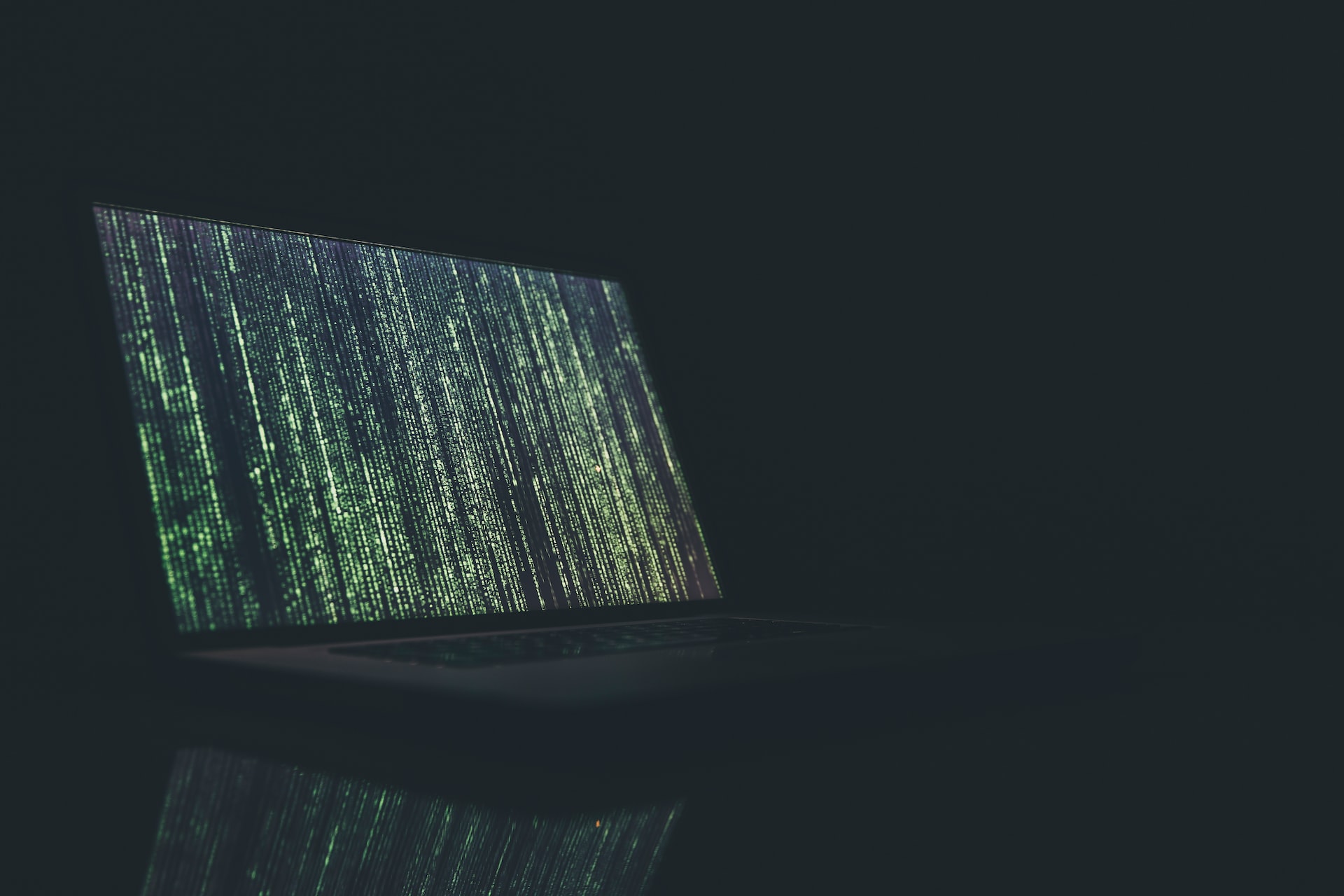A team of philosophers and psychologists has discovered that silence, despite not being deafening, can actually be heard. They conducted experiments using auditory illusions to demonstrate how moments of silence can distort our perception of time.
These findings provide insights into a longstanding debate among philosophers, namely, whether our auditory experiences extend beyond the realm of sound. This question has captivated thinkers for centuries.
“We typically think of our sense of hearing as being concerned with sounds,” said lead author Rui Zhe Goh, a Johns Hopkins University graduate student in philosophy and psychology. “But silence, whatever it is, is not a sound – it’s the absence of sound. “Surprisingly, what our work suggests is that nothing is also something you can hear.”
Reshaping the Understanding of Auditory Perception
The team conducted a series of seven auditory experiments using three “silence illusions” derived from renowned auditory illusions. These illusions were tested on a sample of 1,000 participants. The results revealed that the silence-based illusions were capable of deceiving the brain like the sound-based tests. As a result, the participants’ perception of sound and silence duration was significantly altered by these illusions.
The researchers concluded that these silence-based illusions yielded identical outcomes to their sound-based counterparts. This suggests that individuals perceive silence in a manner similar to how they perceive sounds, according to the researchers.
“There’s at least one thing that we hear that isn’t a sound, and that’s the silence that happens when sounds go away,” said co-author Phillips, a professor of Philosophy and Psychological and Brain Sciences. “The kinds of illusions and effects that look like they are unique to the auditory processing of a sound, we also get them with silences, suggesting we really do hear absences of sound too.”
The findings of this study were officially published in the journal Proceedings of the National Academy of Sciences. To delve deeper into the research, you can access the video below:







